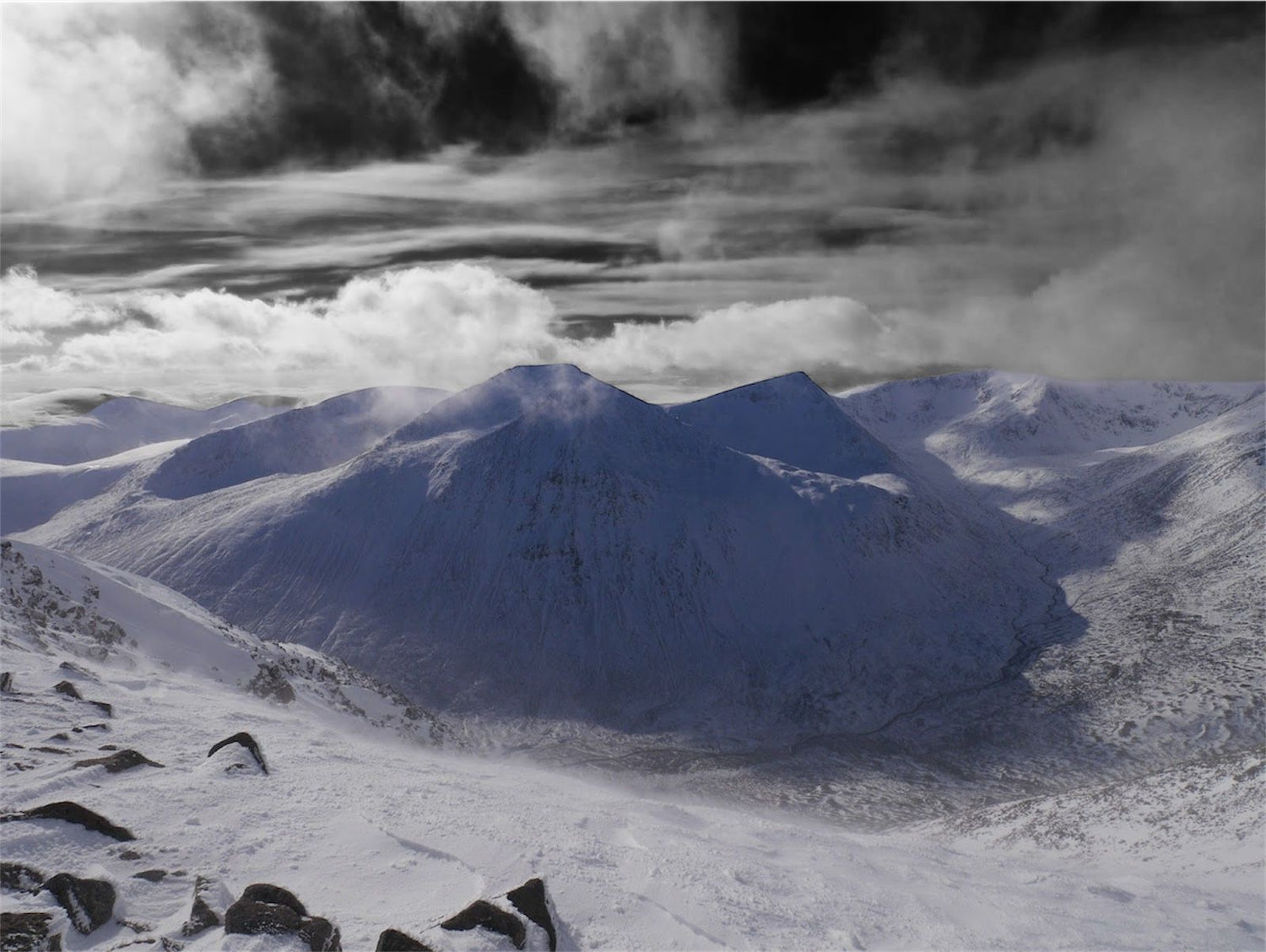The Historic Ascent of Mount Everest: Edmund Hillary and Tenzing Norgay's 1953 Expedition
On May 29, 1953, Sir Edmund Hillary of New Zealand and Tenzing Norgay, a Sherpa of Nepal, etched their names in history by becoming the first climbers to successfully reach the summit of Mount Everest. This extraordinary feat marked a turning point in mountaineering history and was the culmination of years of preparation, teamwork, and perseverance. Their journey to the summit of the world’s tallest peak, standing at 29,035 feet, is a tale of human endurance and resilience.
The Expedition
The 1953 Everest expedition was meticulously organized under the leadership of Colonel John Hunt. The team consisted of more than 400 people, including porters, Sherpa guides, and climbers, along with 10,000 pounds of supplies. Overcoming logistical challenges was no small feat in itself, with equipment and provisions painstakingly transported across the rugged Himalayan terrain.
Hillary and Norgay began their ascent from the South Col, the saddle between Everest and its neighbouring peak Lhotse. The climb presented treacherous challenges, from sheer ice walls to the ever-present threat of avalanches and unpredictable weather. High-altitude sickness and the thin, oxygen-poor air further compounded the risks.
A defining moment of their journey was the notorious "Hillary Step," a 40-foot vertical rock face just below the summit. Hillary managed to scale it using a narrow crack between the rock and ice, with Norgay following close behind. This final obstacle demanded not only physical strength but immense mental resolve.
Reaching the Summit
After a gruelling climb, the duo reached the summit at 11:30 a.m. They spent approximately 15 minutes taking photographs, admiring the view, and leaving symbolic tokens: Hillary placed a crucifix in the snow, and Norgay offered chocolates as a gesture of gratitude to the mountain. Their teamwork epitomized the spirit of mountaineering, with each relying on the other for encouragement and safety.
Challenges and Legacy
The expedition wasn’t without its sacrifices. Both men endured frostbite, exhaustion, and life-threatening conditions. Yet, their success symbolized the triumph of human ambition over nature’s most formidable challenges. Hillary was knighted by Queen Elizabeth II, and Norgay received the George Medal, a rare honour for non-British nationals.
Their achievement continues to inspire mountaineers worldwide. It also cast a spotlight on the essential role of Sherpas in Himalayan expeditions, honouring their unparalleled expertise and cultural connection to the mountains. Today, Hillary and Norgay's legacy lives on as a benchmark for teamwork, perseverance, and respect for nature’s grandeur.
Explore Without Limits!






